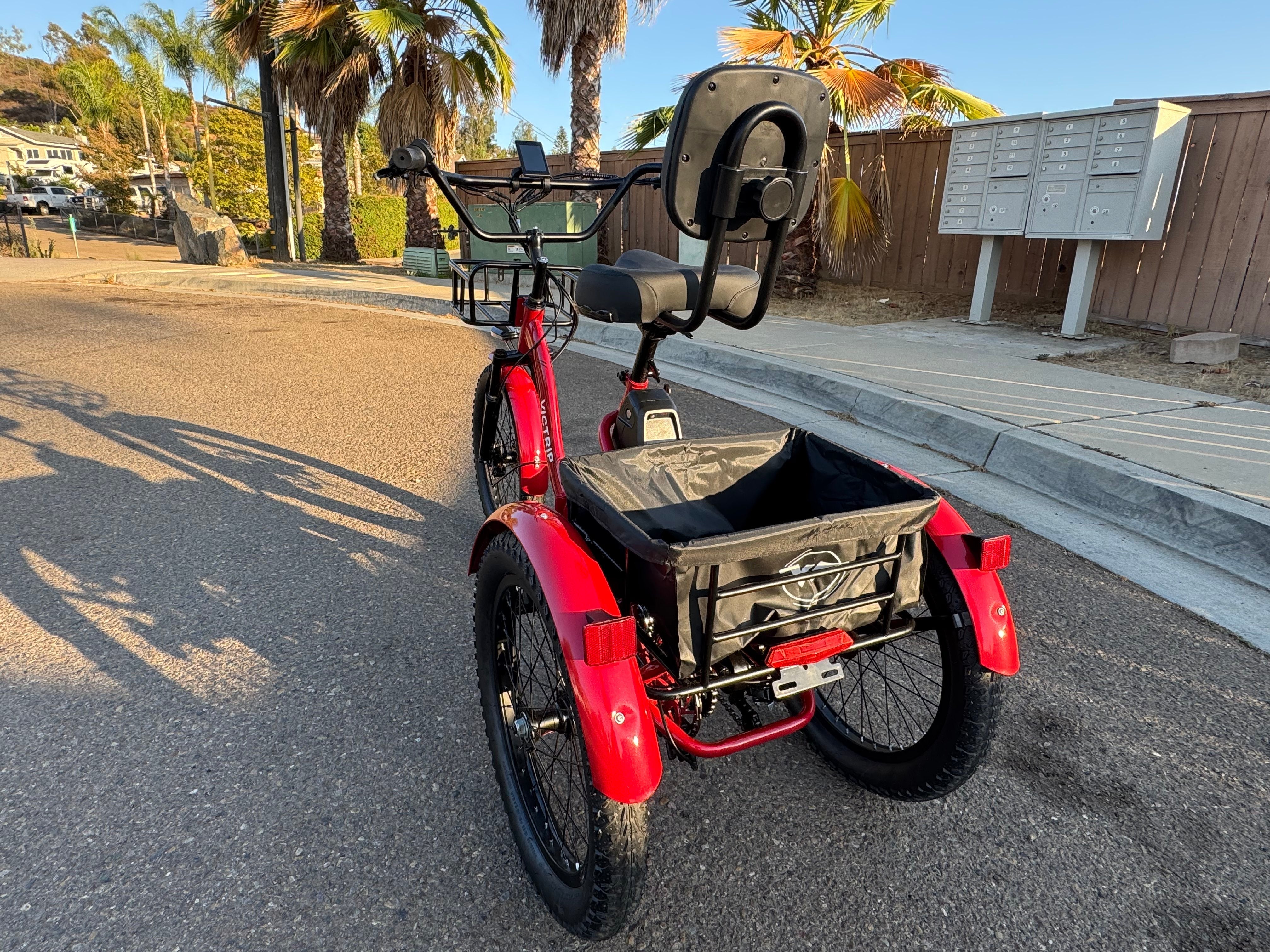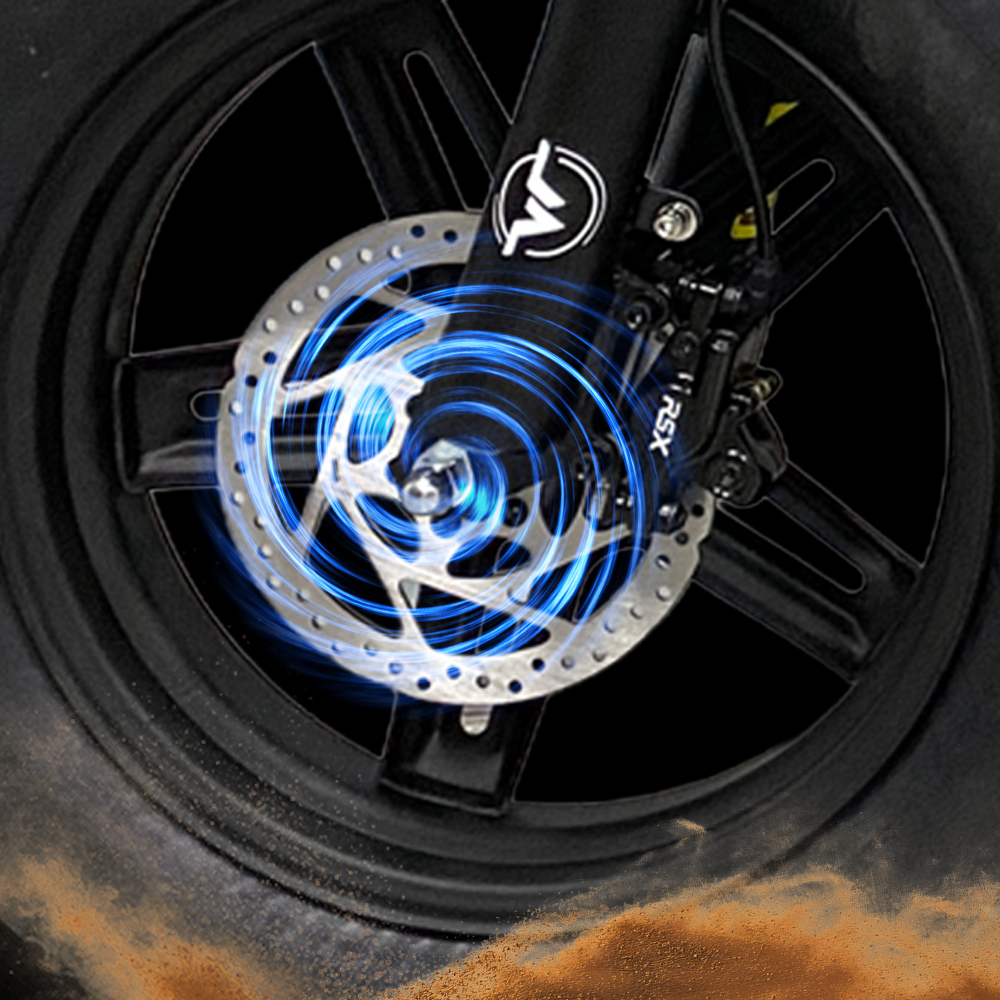
Yes — in most cases Are EBikes Legal in the UK? — yes, provided they meet the Electrically Assisted Pedal Cycle (EAPC) rules (250 W max continuous power, motor assistance cutting out at 25 km/h / 15.5 mph, and pedals required). If they meet those rules you can ride them like a normal bicycle: no licence, no registration, and no compulsory motor-vehicle insurance.
What counts as an Electrically Assisted Pedal Cycle (EAPC)?
If you want to know whether a particular machine is legal on UK roads as a bicycle, you need to check whether it's an EAPC. The legal test is straightforward:
-
It must have pedals that can propel the cycle.
-
The electric motor’s maximum continuous rated power must not exceed 250 watts.
-
Motor assistance must cut off at 25 km/h (15.5 mph).
-
It should be designed to be pedalled — electric thrust alone isn’t allowed for EAPC classification.
If those points are met, the vehicle is not classed as a motor vehicle under the Road Traffic Act and is treated as a bicycle for licensing, taxation and insurance purposes.
EAPC technical checklist
-
Pedals: yes ✅
-
Motor continuous power ≤ 250 W ✅
-
Assistance cuts out at 25 km/h (15.5 mph) ✅
-
No throttle-only propulsion (if it provides full propulsion without pedalling it may fail the test) ⚠️
-
Battery and motor safely fitted and compliant with standards ✅
Who can ride an e-bike in the UK? Age, licence and lane rules
You can ride an EAPC in the UK if you're 14 or over. If the e-bike meets the EAPC rules you do not need a driving licence, you do not need to register it with the DVLA, and you don't need vehicle tax or an MOT. That’s why legal e-bikes are so attractive for commuting and leisure.
That said, normal cycle safety rules apply: stick to the Highway Code, respect cycle lanes, and don’t ride on pavements unless signage says you can. Local bylaws can affect use of specific cyclepaths or shared spaces, so double-check locally when in doubt.
Speed pedelecs and high-powered e-bikes — the exceptions
Not every electric two-wheeler is an EAPC. Machines that exceed the EAPC limits — especially those that provide assistance beyond 25 km/h or have more than 250 W continuous power — are legally motor vehicles. These are often called speed pedelecs (assistance up to around 45 km/h) or are simply high-powered e-bikes. They are treated like mopeds or motorcycles and have stricter rules.
Legal requirements for speed pedelecs
If your bike is classed as a motor vehicle, you must follow motor vehicle rules:
-
You need a driving licence (or be eligible under older test rules).
-
You must wear the correct approved helmet (often a motorcycle standard for higher-speed machines).
-
You may need number plates, mirrors and other equipment depending on classification.
Bottom line: if you want a fast e-bike that behaves like a small motorcycle, be ready for licence tests, insurance and other legal costs.
Buying, modifying or importing an e-bike: legal traps
Buying a legitimate, certified EAPC from a reputable dealer is the simplest way to stay legal. Watch out for these common traps:
-
Conversion kits: Converting a regular bike with a powerful motor or using a throttle that allows motor-only propulsion can make the bike illegal for road use.
-
Mislabelled imports: Some sellers market high-powered models as “off-road only” to dodge regulations, but using them on public roads is still illegal and risky. Recent reports show a surge in these illegally modified bikes being used by delivery riders.
-
Aftermarket tuning: Many e-bike controllers can be reprogrammed to raise the speed cut-off — doing this turns your EAPC into an unregistered motor vehicle. That's a legal and safety hazard.
Practical tip: ask the seller for a specification sheet showing continuous motor power and the speed cut-off. If the seller can’t provide it, be cautious.
Insurance, tax and MOT — do you need them?
For legal EAPCs you do not need vehicle tax, an MOT, or compulsory motor-vehicle insurance. However, optional insurance (theft, damage, third-party liability) is strongly recommended for higher-value e-bikes and for frequent urban riding. Many insurers offer policies tailored for e-bikes.
For speed pedelecs and bikes treated as motor vehicles, the usual motor insurance, tax, and MOT rules apply — even if the machine looks like a bicycle.
Where you can and can’t ride — paths, pavements and cycle lanes
If your machine is an EAPC, you can generally ride it wherever conventional cycles are allowed: on roads, in cycle lanes, and in many off-road cycle paths — unless local signage restricts it. However, riding on pavements (sidewalks) is normally illegal for any bicycle, electric or not, unless a pavement is explicitly signed as a shared pedestrian/cycle path.
Local bylaws and park rules may restrict e-bike use; always check local signage. When in doubt, behave as you would on a regular bike: slow down around pedestrians and be courteous on shared paths.
Safety, helmets and accessories: what’s recommended vs required
Legally, UK law does not require cyclists to wear helmets — but for e-bikes you should definitely wear one, and for higher-speed machines use a helmet approved for motorcycle speeds where recommended. Other recommended safety gear:
-
High-visibility clothing for night/time riding
-
Lights and reflectors (required after dark)
-
Good quality locks and tracking for theft prevention
-
Panniers or racks for carrying loads rather than backpacks for stability
Even with legal EAPCs, you’re moving faster than on a standard push bike in many settings — so helmets, lights and good brakes are highly recommended.
Enforcement, seizures and criminal risk
Police have powers to stop and inspect bikes. If a bike is found to be illegally modified or to exceed EAPC limits, it can be seized and the rider may face penalties. Recent parliamentary concern and press coverage has highlighted a rise in high-powered illegal e-bikes used in deliveries and the resulting safety and fire risks; enforcement action (including seizures) has increased in many areas.
If you're caught riding an illegal machine on public roads, you can face fines, seizure of the vehicle, and—if dangerous—criminal charges. Don't risk it.
The future: proposed changes and what to watch
There have been government consultations and industry debates about changing the rules — for example considerations around increasing the wattage limit (e.g., proposals to allow higher power motors) and how to regulate throttle-assisted models. These consultations could lead to amended technical limits or registration requirements — watch the Department for Transport announcements for firm changes. Until any change is law, the current EAPC rules remain the baseline.
Practical checklist: buying & using a legal e-bike (short table)
| Question to ask | Desired answer |
|---|---|
| Motor continuous power | ≤ 250 W |
| Speed cut-off | Assistance stops at ≤ 25 km/h (15.5 mph) |
| Pedal assist? | Yes — motor only with pedals disallowed for EAPC |
| Documentation from seller? | Specification sheet and user manual |
| Local restrictions? | Check signs and park bylaws |
| Insurance needed? | Optional but recommended |
Conclusion
Are EBikes Legal in the UK? — Yes, most e-bikes are legal so long as they meet the EAPC rules (pedals, ≤250 W continuous motor power, assistance cut-off at 25 km/h / 15.5 mph). Ride smart: buy from reputable dealers, avoid illegal conversions, consider insurance, and follow the Highway Code. The rules may evolve, so keep an eye on Department for Transport announcements and local guidance. For authoritative guidance, check the UK government page on riding an electric bike.
FAQs
1. Do I need a licence to ride an e-bike in the UK?
No — if your e-bike meets the EAPC rules you do not need a driving licence. For speed pedelecs (faster models) a licence is required.
2. Are throttle-only e-bikes legal?
Throttle functions can still be legal if the e-bike meets the EAPC technical limits and the throttle only provides assistance while the pedals are in use — however throttle-only propulsion that lets the bike run without pedalling usually disqualifies it from EAPC status and makes it a motor vehicle. Always check the exact behaviour and specs.
3. Can I take my e-bike on a train or bus?
Most public transport accepts e-bikes but rules vary by operator (size, battery rules, peak restrictions). Foldable e-bikes are usually easiest to carry. Check the transport operator's rules before travelling.
4. Are there fines for riding an illegal e-bike?
Yes — riding a bike that legally counts as a motor vehicle without registration or insurance can lead to fines, seizure and penalties. Police enforcement has been increasing for high-powered illegal bikes.
5. Is there a minimum age to ride an e-bike?
You must be 14 or over to ride an EAPC on public roads.




Share:
How the UK Government Supports EBike Adoption?